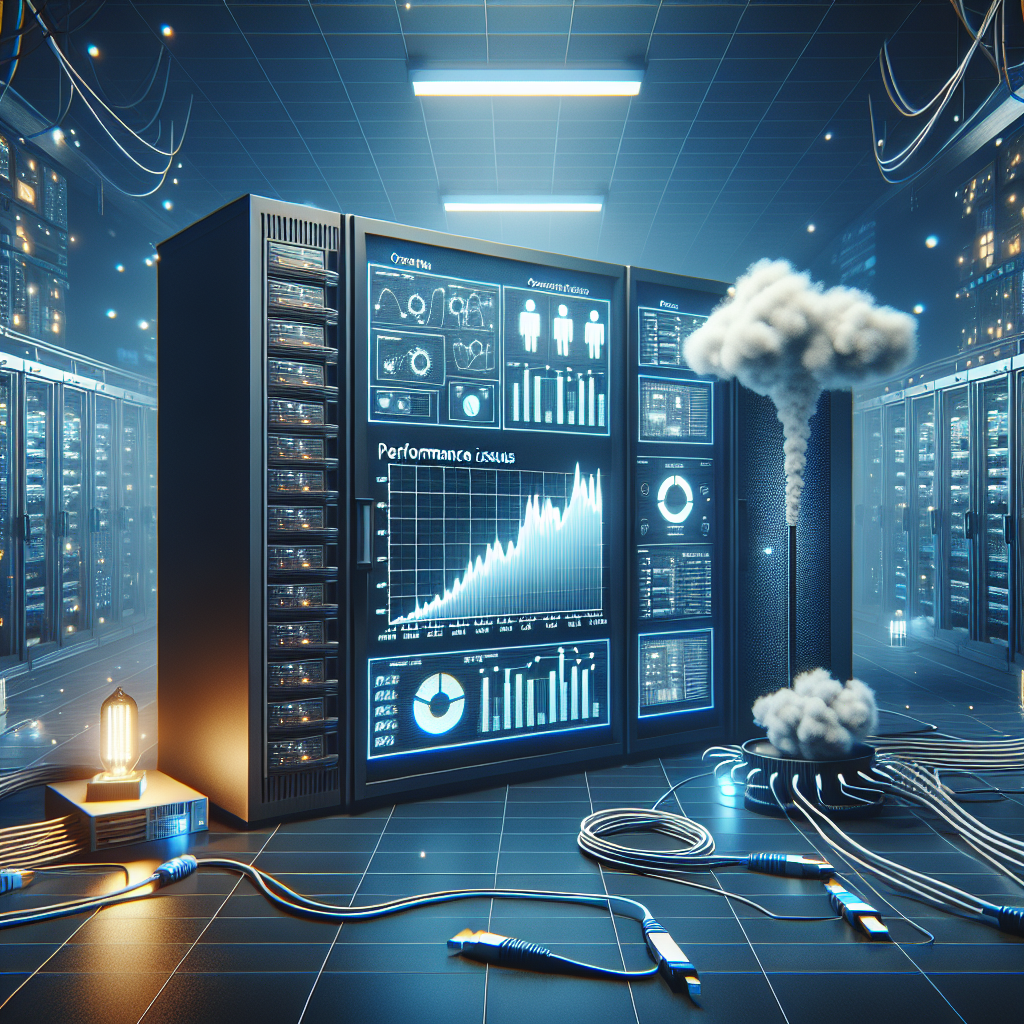Data centers are the backbone of modern technology infrastructure, serving as the hub for storing, processing, and managing data critical to business operations. However, data center performance issues can disrupt operations and cause downtime, impacting productivity and revenue. It is crucial for organizations to be able to identify and resolve these issues promptly to ensure optimal performance and reliability. Here are some tips on how to identify and resolve data center performance issues.
1. Monitor Performance Metrics: The first step in identifying data center performance issues is to continuously monitor key performance metrics such as server CPU utilization, memory usage, network traffic, and storage capacity. By tracking these metrics, IT teams can quickly identify any anomalies or bottlenecks that may be impacting performance.
2. Conduct Regular Audits: Regular audits of the data center infrastructure can help identify potential issues before they become major problems. Audits should include a thorough examination of hardware, software, and network configurations to ensure everything is functioning as intended.
3. Utilize Performance Monitoring Tools: There are a variety of performance monitoring tools available that can help IT teams track and analyze data center performance in real-time. These tools can provide insights into performance trends, identify potential issues, and help troubleshoot problems quickly.
4. Investigate Root Causes: When performance issues arise, it is essential to investigate the root causes to determine the underlying issue. This may involve troubleshooting hardware failures, software bugs, network congestion, or other issues that are impacting performance.
5. Optimize Workloads: In some cases, performance issues may be caused by inefficient workload allocation or resource utilization. IT teams should regularly review and optimize workloads to ensure that resources are being used efficiently.
6. Implement Performance Tuning: Performance tuning involves adjusting system settings, configurations, and parameters to improve data center performance. This may include optimizing storage configurations, adjusting network settings, or fine-tuning server performance.
7. Consider Upgrading Hardware: If performance issues persist despite optimization efforts, it may be necessary to upgrade hardware components such as servers, storage devices, or networking equipment. Upgrading hardware can help improve performance and scalability.
8. Implement Redundancy and Disaster Recovery Plans: To ensure data center performance and availability, organizations should implement redundancy and disaster recovery plans. This can help mitigate the impact of hardware failures, natural disasters, or other unforeseen events that could disrupt operations.
In conclusion, identifying and resolving data center performance issues is essential for maintaining optimal performance and reliability. By monitoring performance metrics, conducting regular audits, utilizing performance monitoring tools, investigating root causes, optimizing workloads, implementing performance tuning, upgrading hardware, and implementing redundancy and disaster recovery plans, organizations can effectively address performance issues and ensure the smooth operation of their data center infrastructure.


Leave a Reply